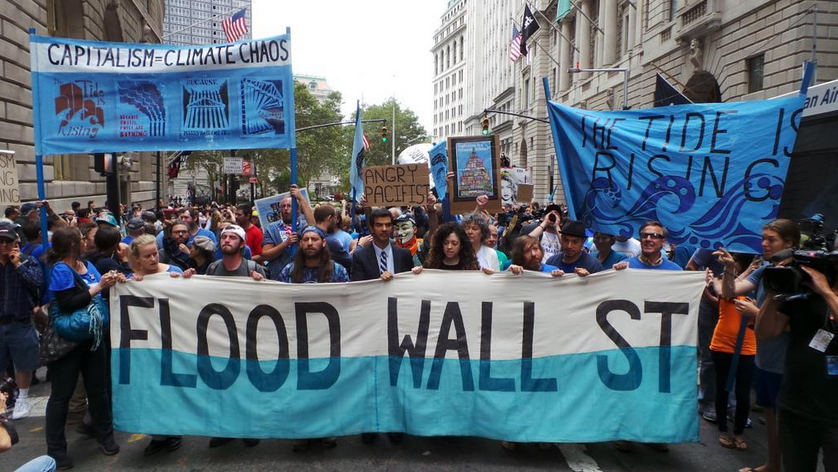cross-posted from Media Matters
“National news’ scant coverage of climate protests largely overlooked the scientific urgency driving controversial climate actions
Sparse, context-free reporting on climate protests not only distorts public perception of their immediacy, but also leaves unaddressed the increasing trend of their criminalization
The past year has seen a global surge in climate activism, spurred by the escalating climate crisis, including controversial actions such as throwing paint and food at venerable works of art, bringing bustling city traffic to a halt, and disrupting major athletic competitions, among others.
A Media Matters analysis of coverage by major national TV news networks and the top five U.S. newspapers by circulation reveals a troubling trend: Coverage of such disruptive climate protests over the last year was not only limited, but also heavily skewed, often focusing on the disruptive tactics of the activists rather than the urgent climate message driving their actions. Coverage also rarely pointed out the increasingly hostile and punitive response from police and governments that these provocative tactics have increasingly drawn.
From May 30, 2022, to July 31, 2023, Media Matters found:
- National TV news broadcasters — ABC, CBS, and NBC — and major cable news networks — CNN and MSNBC — aired 43 segments about various climate protests.
- Corporate broadcast TV networks aired a combined 7 segments about climate protests, and none of them included context about the scientific warnings driving the actions.
- CNN and MSNBC aired a combined 36 climate protest segments, and only 7 of them (16%) referenced scientific warnings about climate change. CNN led with 4 segments that included context about the scientific warnings about climate, followed by MSNBC with 3.
- Fox News dominated cable news coverage of climate protests with 144 segments — four times the combined coverage of its competitors CNN (27 segments) and MSNBC (9 segments). Fox’s coverage mentioned climate change 8 times only to deny the scientific consensus or downplay the urgency of the crisis, hence those segments were also excluded from the final tally.
- The top five U.S. newspapers by circulation (the Los Angeles Times, The New York Times, The Wall Street Journal, The Washington Post, and USA Today) published a combined 34 stories in their print editions about various climate protests — just 16 specifically referenced scientific warnings about climate change.
- MSNBC was the only major news network to mention the criminalization of climate protests, airing a single segment. The New York Times (3 articles) and The Washington Post (1 article) were the only top five newspapers that mentioned the legal reprisals against climate protesters.





